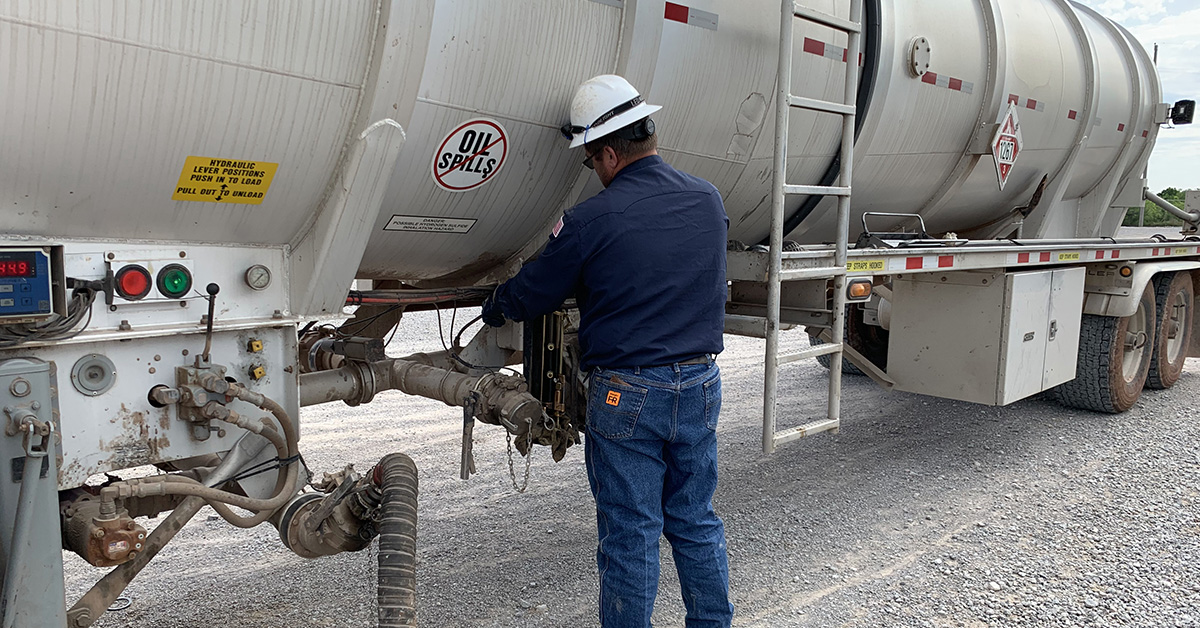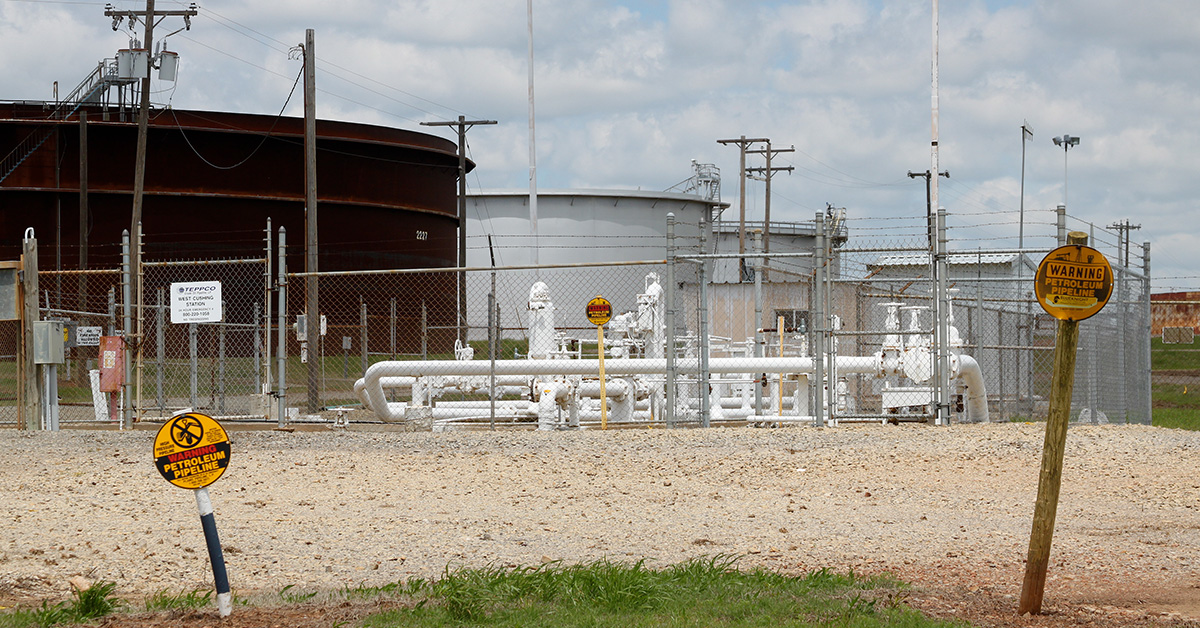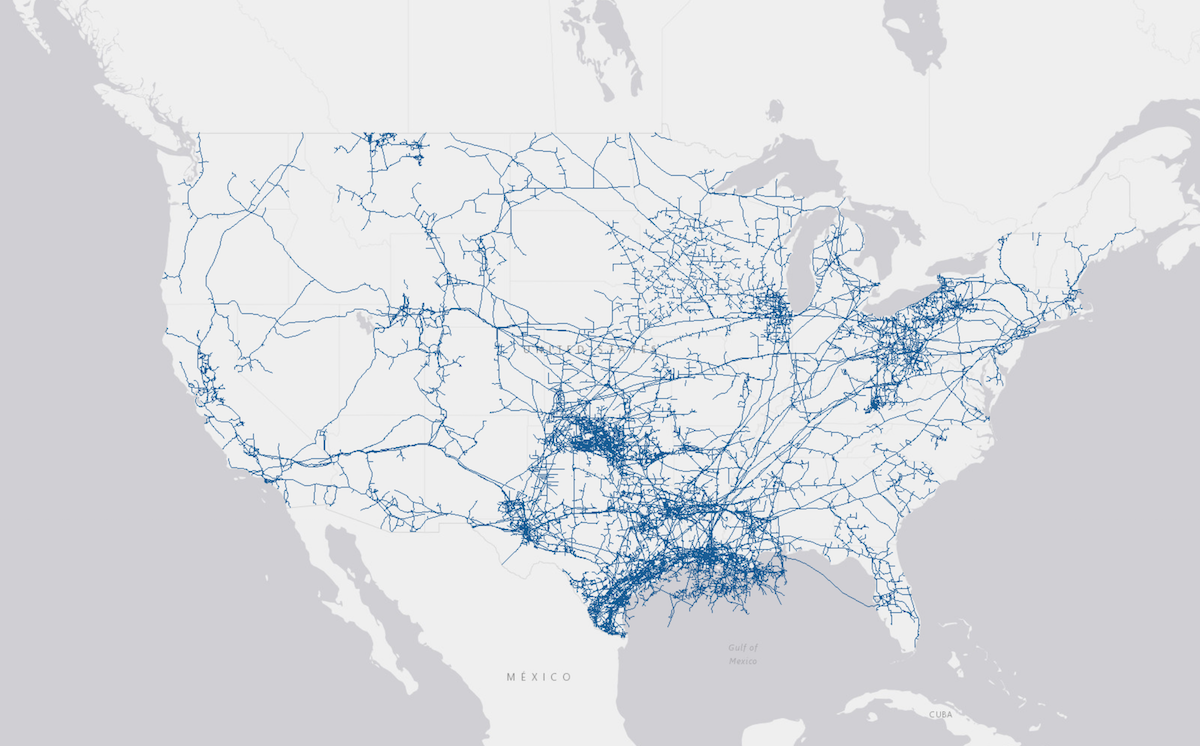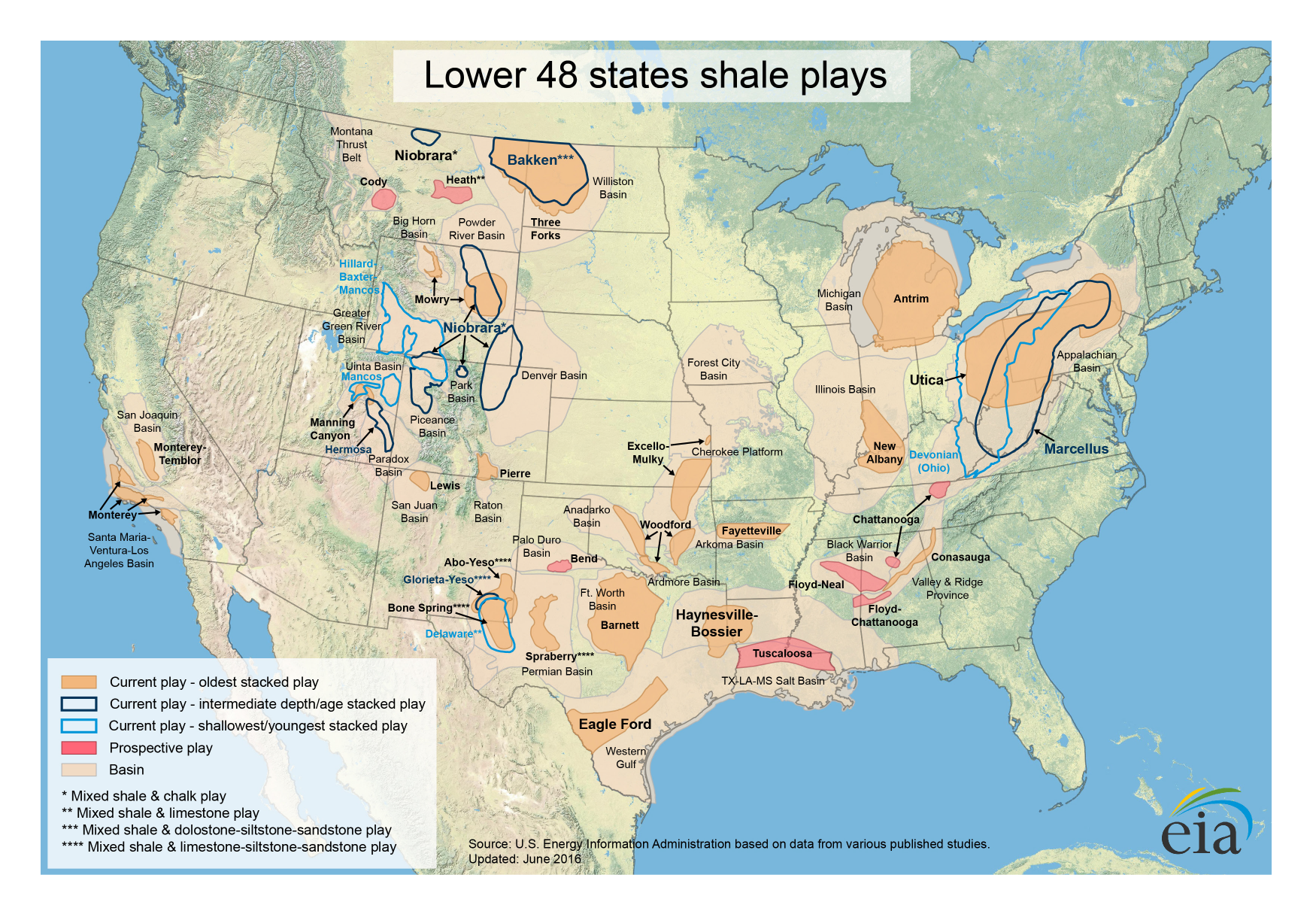
Upstream vs. Downstream Oil and Gas Operations
When you think of the oil and gas industry, do you picture companies that search for deposits, drill wells, and pull these resources from the ground?
These companies all fall under the category of “upstream” oil and gas. Industry professionals also refer to these as Exploration and Production (or E&P) operations.
What is Upstream in the Oil and Gas industry?
We can define upstream as the companies, equipment, and processes used in the exploration, drilling, and production of crude oil or natural gas.
- Exploration involves obtaining land and mineral leases from land owners. It also includes conducting geological and geophysical surveys to explore for and find underground reservoirs of oil and gas.
- Drilling is creating the hole in the ground that will be used for an oil and/or gas well. Rig contractors and service companies typically carry out this process.
- Production operations recover and process oil and gas to remove water, sand, and other impurities that may exist.
Upstream oil and gas companies use a variety of equipment to recover and process resources from multiple formations in the earth.
Upstream oil and gas equipment includes a variety of drilling rig equipment like piping, bits, and mud pumps as well as production equipment like free water knockouts, separators, heater treaters, and control valves.
What is Midstream in the Oil and Gas industry?
In the oil and gas industry, midstream refers to the companies, equipment, and processes that gather, transport, and store crude oil and natural gas.
Midstream Oil
Once oil is produced and separated from the water and gas, it’s ready to be moved. This is usually done by a midstream oil company.

Oil is a little easier for a company to move because they don’t have to continually process, dehydrate, and compress it (like gas) or find space to inject or recycle it (like water). The main goal is to get it from well to refinery.
The midstream oil market can be broken down into four stages:
- Gathering—An oil gathering site is located near the wellhead. Here the oil is collected in a tank battery. The oil may be then piped farther downstream, or trucks may come by at regular intervals to pick up oil from these tanks.
- Transporting—Pipeline is the most ideal form of transporting oil as it can get the most oil where it’s going. However, in areas where pipelines are not available, companies use trucks or railcars.
- Storing—If the oil is being transported via pipeline, it often goes to a large storage site, like the one in Cushing, Oklahoma, the largest storage site in America where the W.T.I. price for U.S. crude is set. Out of the 570 million barrels of oil storage in the U.S., 90 million is in Cushing.
- Refining—After being pulled up at the wellhead, put into a gathering system, and transported to a storage site, the oil goes to a refinery. At a refinery, the oil is processed for use as energy in final products like LPG, gasoline, and jet fuel.
How do midstream oil companies make money? By charging fees to transport and store oil and gas.

Midstream Gas
There are approximately 580,000 wells around the United States currently producing oil and gas. The wells producing the biggest volumes are located in three primary areas of the country:
Meanwhile, the primary hubs for processing and fractionation of gas are in:
- Conway, Kansas
- Sarnia, Canada
- Mont Belvieu, Texas
The infrastructure—primarily piping and compressor stations—for getting the fluid from these shale plays (Upstream) to these processing hubs (Downstream) is a large part of what the Midstream oil and gas industry is responsible for.
They typically use small diameter, low-pressure pipes near upstream wells that connect to larger mainline pipelines and eventually to natural gas processing plants.

The companies use compressor stations along these pipelines, located at intervals of 40-100 miles, to re-compress the gas and push it farther downstream to refineries.
Midstream companies are working diligently in areas like eastern New Mexico and western North Dakota to lay pipeline and get infrastructure set to handle the production requirements for those areas.
What is Downstream in the Oil and Gas industry?
We can define downstream as the companies, equipment, and processes used to refine, distribute, manufacture, and retail crude oil or natural gas.
- Refining further process and purifies oil and gas for market.
- Distribution transports these energy sources all over the world.
- Manufacturing operations use oil and gas to create thousands of products, including asphalt, plastics, rubber, pharmaceuticals, lubricants, and much more.
- Retail operations market and sell the final products to end users.
Downstream oil and gas companies provide the critical final steps where resources meet their final purpose.
Once downstream, petrochemical companies extract the contaminants and byproducts. Even further downstream, companies convert the NGLs in the gas into materials like plastic for use in products we use every day (like your desk, car, and computer).









































